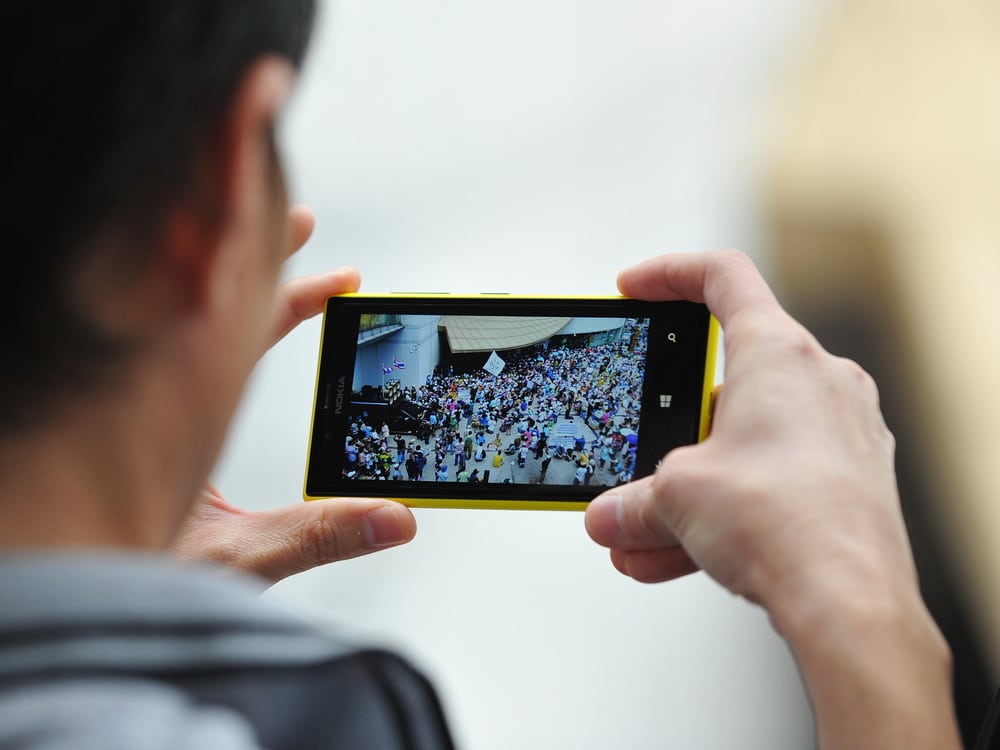Mobile Measurement

Nielsen recently announced the commercial availability of its mobile video measurement, an expansion of the Nielsen Online Campaign Ratings to include impressions from iOS and Android smartphones and tablets. “This launch is important because it measures ads served in the dynamic in app ecosystem, as well as in browsers, for the first time,” Eric Solomon, svp, global digital audience measurement, told us. The solution measures all advertising types, including video and display. Initially, “we believe that clients will want to understand the reach of their campaigns—total and unduplicated reach across devices, reach on computers and mobile devices, and duplication of audience,” Solomon said.
As an extension of the TV ratings platform, the solution uses a Nielsen software meter embedded into the mobile app delivering the content to capture the impressions, identify the content or ad, and assign demographics, according to Solomon. The same technology will be leveraged to credit qualified content to the Nielsen TV ratings later this year. That program is currently in test mode, and Nielsen is finalizing the data release plan to be shared this fall.
The biggest difference between measuring linear and mobile video is sample size, Solomon said. Because the consumption of TV content on the TV set is still the predominant user behavior and because TV consumption is generally limited to about 2 dozen channels per HH, “we can accurately measure it in our panel.” Mobile audiences, however, are still much smaller and spread out across mobile app and browser experiences. “And for all the talk about the rise of mobile, most TV consumption comes on tablets, which are only in about 35% of households nationally,” said Solomon, a former digital exec at A+E Networks. That’s why Nielsen needs to “use digital measurement techniques—capturing as close to a census of impressions as possible and taking advantage of large user datasets to assign demographics —to measure it accurately.” That said, for crediting of mobile viewing to TV ratings, the company is using the same content identification technology—the Nielsen Watermark—across both TV and mobile, as well as the same crediting rules that have become industry standard.
Meanwhile, Nielsen has extended its relationship with Facebook for both mobile campaign measurement and mobile TV ratings as data from the social media platform is “an important ingredient in assigning age and gender to the impressions we capture via the software meter,” Solomon said. Nielsen passes impression pings to Facebook, which will attempt to match the user to its database and assign an age and gender using models co-developed with Nielsen. Facebook accumulates this data all day, then passes aggregated data files back to Nielsen for overnight reporting. “It is all completely privacy protected,” Solomon said. The trick with mobile is that there is no Facebook cookie to use for the data match. “We solved that with the in-app meter, which captures the user’s device ID (purpose-built for ad delivery) and uses that identifier to match with Facebook,” he said. Nielsen also plans to incorporate extended demographic dimensions from Experian Marketing Services by the end of the year.